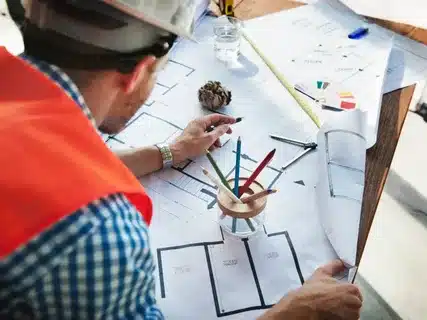Designing and planning a small home can be an exciting yet challenging journey. With limited space, every choice counts, from layout to decor. Fortunately, you can create a functional and visually appealing home without overspending. Here are 10 essential tips to help you navigate small home design and planning on a budget.
1. Maximize Vertical Space
When floor space is at a premium, don’t forget to look up! Vertical space can be a huge asset in a small home. Think about adding shelves, tall cabinets, or wall hooks for extra storage. Consider multi-functional furniture that utilizes vertical storage, like loft beds with desks underneath. This strategy not only conserves space but also helps keep your home organized and free of clutter.
2. Choose Multi-Functional Furniture
Investing in furniture that serves multiple purposes can be a game-changer for small homes. For instance:
- A sofa bed can serve as a guest bed.
- Ottomans with hidden storage offer seating and extra space for belongings.
- Drop-leaf tables can expand when needed and fold away when not in use.
These options are often budget-friendly and can help you avoid purchasing additional items.
3. Use Light Colors
Light colors can make a room feel more spacious and airy. Choose soft shades of white, beige, or pastels for your walls, furniture, and decor. These colors reflect light better, creating an illusion of more space. If you want to introduce some color, consider using accent pieces like throw pillows or artwork.
4. Opt for Open Floor Plans
An open floor plan can create a sense of spaciousness and connection in a small area. Try to minimize walls between the kitchen, living, and dining spaces. If you can’t remove structural walls, think about using glass dividers or sliding doors to maintain an open feel.
5. Incorporate Mirrors
Mirrors are a classic method for making a space feel larger. Position a large mirror on a prominent wall or close to a window to reflect light and enhance the sense of depth. For a stylish touch, opt for decorative mirrors that also serve as wall art.
6. Plan Your Layout Carefully
Effective planning is crucial for optimizing a small area. Begin by identifying your needs and focusing on functionality. Utilize online tools or apps to design a digital floor plan. Ensure that pathways remain clear and that furniture is arranged to facilitate movement. Keep frequently used items easily accessible to improve convenience.
7. Go Minimalist
When it comes to designing a small home, less truly is more. Avoid cluttering your space with excessive items. Focus on the essentials and select pieces that are both functional and visually pleasing. Decluttering not only makes your home appear larger but also helps you stay within your budget.
8. DIY Decor and Upcycling
Add a personal touch to your home without breaking the bank by engaging in DIY projects and upcycling. For instance:
- Revamp old furniture with a new coat of paint.
- Craft custom wall art using affordable materials.
- Construct shelves or planters from reclaimed wood.
- DIY projects bring a unique flair to your home while being cost-effective.
9. Utilize Hidden Storage
Storage can be a challenge in smaller homes, but hidden solutions can be beneficial. Seek out underused areas, such as under the bed, beneath stairs, or behind doors. Furniture with built-in storage, like beds with drawers or benches with compartments, can help you maximize every inch.
10. Focus on Lighting
Proper lighting can significantly enhance the atmosphere of a small space. Combine natural and artificial lighting to brighten your home. Layer various light sources, such as:
- Overhead fixtures for general illumination.
- Task lighting for specific areas like the kitchen or study.
- Accent lighting to showcase decor or set a mood.
- Affordable LED lights are energy-efficient and durable, making them a smart choice for your budget.
- Task lighting is essential for specific areas like the kitchen or study.
Accent lighting can be used to highlight decor or set a particular mood. Affordable LED lights are not only energy-efficient but also long-lasting, making them a great choice for those on a budget.
Bonus Tip: Shop Smart
Be sure to look for sales, visit thrift stores, and explore online marketplaces to discover budget-friendly furniture and decor. Purchasing second-hand or refurbished items can save you a significant amount of money while adding unique character to your home.
Conclusion
Designing a small home on a budget doesn’t have to mean sacrificing style or functionality. With careful planning of your layout, selecting versatile furniture, and embracing creative solutions, you can create a space that feels open, organized, and distinctly yours. With these 10 tips, you’ll be well on your way to maximizing your small home while keeping your expenses in check.

